I posted this resource last month and am so excited to finally have the time to blog about it. I am loving all of the feedback from our wonderful first and second grade teachers over at our TpT store.
Here are some examples of the feedback on this resource.
“This unit is amazing! I would love to see more like this…for narrative writing and persuasive writing! So excited to use this with my students!”
“Just finished using your Johnny Appleseed Opinion writing book. These are all binded and ready for us to get started on. I love these writing units. I hope you keep making them because I will buy every single one!”
“I already love teaching pumpkins, but this is making me even more excited! I love the way this pack is set-up.”
Read more here.
I have always taught with the explicit model in mind. Scaffolding students knowledge and skills build’s their confidence and helps them in becoming competent writers.
This file has been built around and
specifically focuses on the writing
objectives for informational/explanatory
writing for both first and second grade.
CCSS.ELA-Literacy.W.1.2 Write
informative/explanatory texts in which
they name a topic, supply some facts
about the topic, and provide
some sense of closure.
CCSS.ELA-Literacy.W.2.2 Write
informative/explanatory texts in which
they introduce a topic, use facts and
definitions to develop points, and provide
a concluding statement or section.
This resource carves up all the facets of understanding and writing an informational text.
…………………………………………………………………………
Let’s get started!
Section One – All about Pumpkins
Before students write about pumpkins they need to learn about them!
Students learn about pumpkins and also about the pumpkin life cycle. You will need to choose which focus you will take with your students.
Section Two – About Informational and Explanatory Writing
Purpose, structure, text features, grammar forms of informational/explanatory writing.
Super helpers to help with structure!
Grammatical features.
Display and use to highlight informational text features.
Paste together the structure of an informational writing piece – pumpkin style. Text features and worksheets to support these.
Display poster to use an anchor chart.
Section Three – Learning to Write an Informational Text, Slice by Slice
I used super helpers for each part of the information writing process.
This poster is available in black and white in the file.
Students could refer to it as a poster or as a print out that is clued in their mote books.
Tilly Topic is here to help.
A whole class oral task and then pair work and individual work to learn how to write a topic.
Work with main idea.
We can now write our topic sentence.
Fiery Facts is here to help!
There are loads of printables to choose from to write about pumpkin facts or the pumpkin life cycle.
Summary Sam is here to help!
Together we learn to restate and summarize using the topic sentence we have already written.
We use our topic sentence to restate our summary. Look how easy it is!
Section Four – Writing our own Informational Texts
Chose from the topics i.e.. about pumpkins or the life cycle of a pumpkin.
You might like to enlarge your sheets for small or large group demonstrations of co-constructions.
Section Five – Blank Templates to write about your own topics
Decide on your own topics.
Section Six – Evaluating our Writing
It is super important to reflect and evaluate our learnings. It’s so easy with this activity.
Work one on one with students or have them complete it by themselves (depending on your class).
Student achievement notices to be given at the end of the unit.
You could print two or four to one page for small print outs.
For more information and a to download the free preview file, click here.
You might also like our:
or our
Clever Classroom’s TpT store
If you like what you see, you can follow this blog here.
(Visited 1 times, 1 visits today)



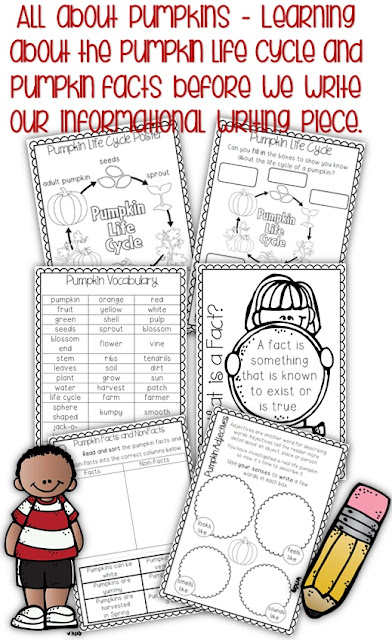
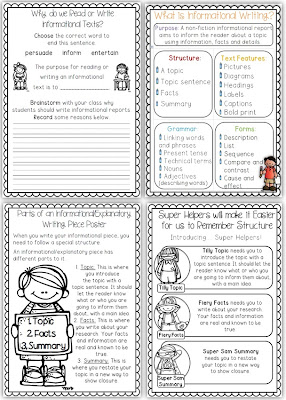

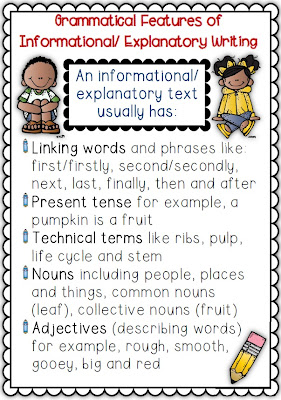

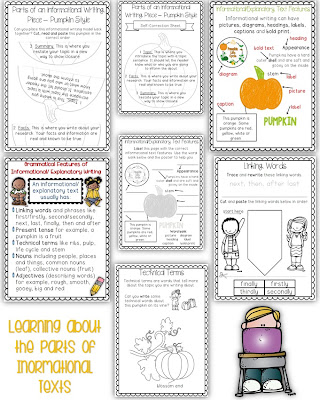
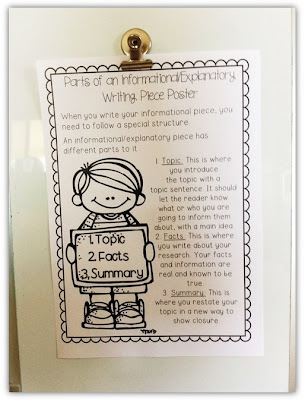
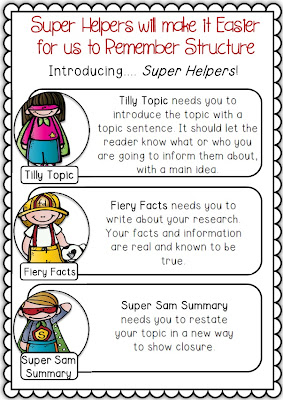
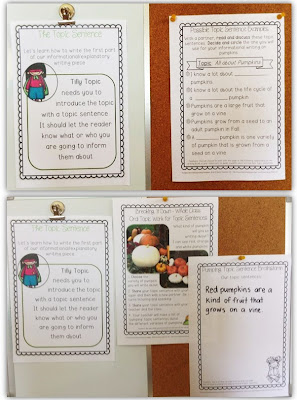
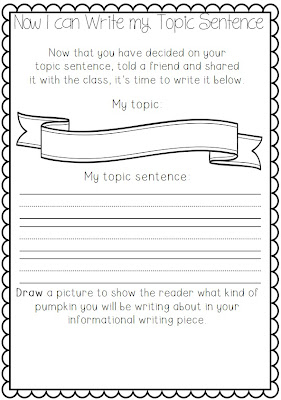
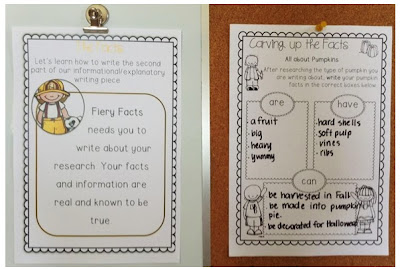

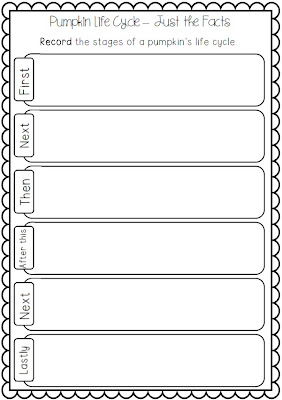
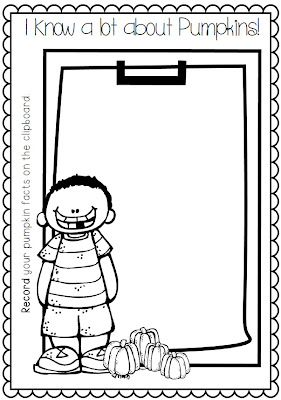
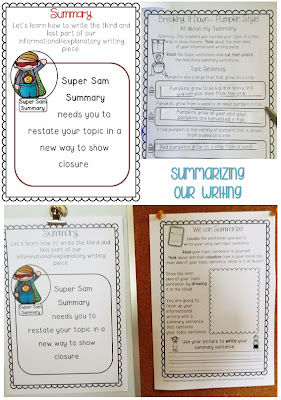
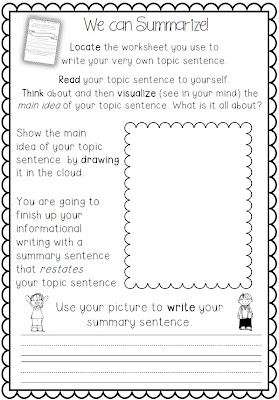
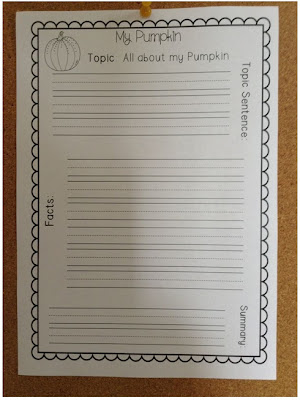
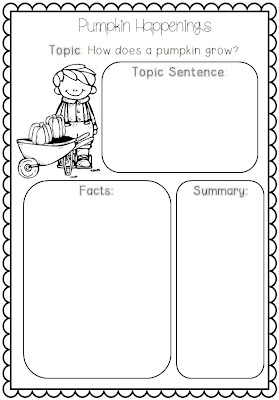
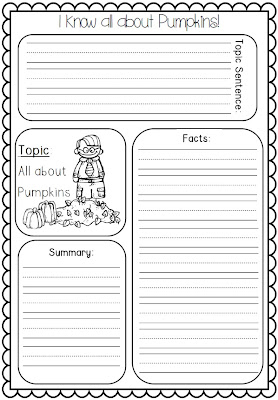
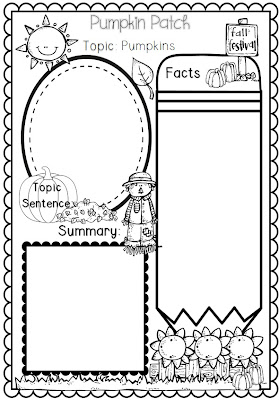
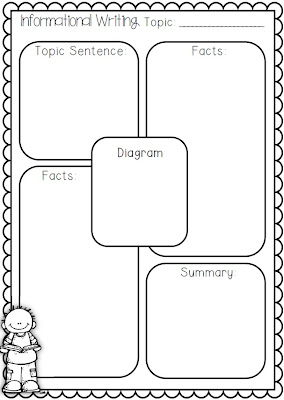
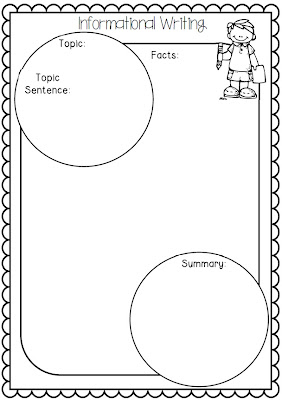
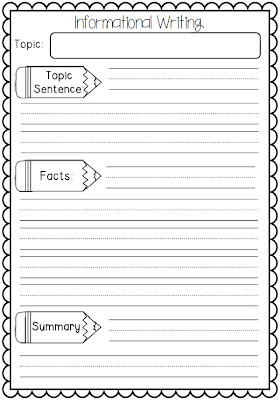
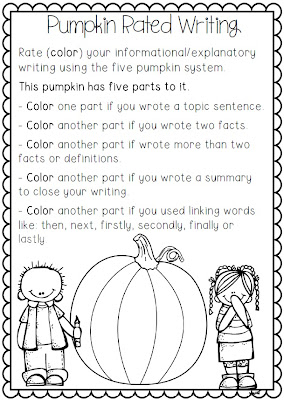
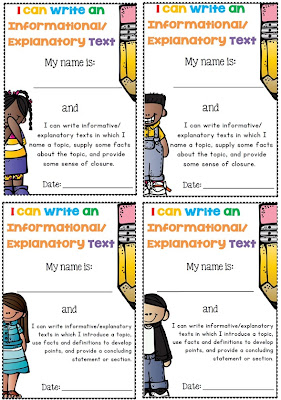
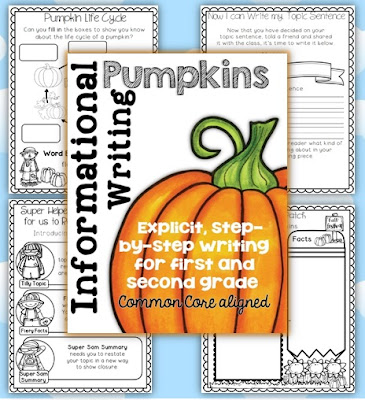


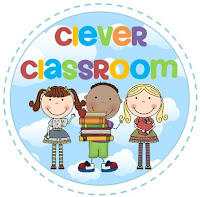
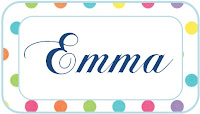


Leave a Reply
You must be logged in to post a comment.